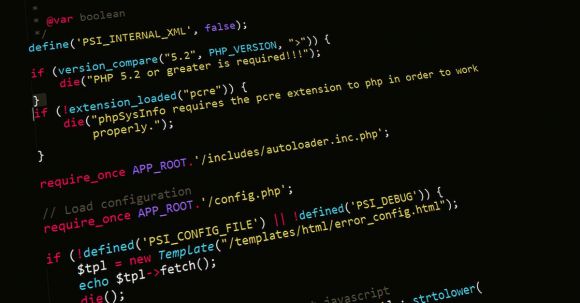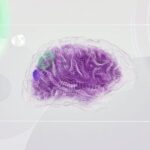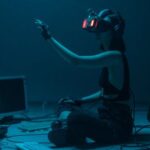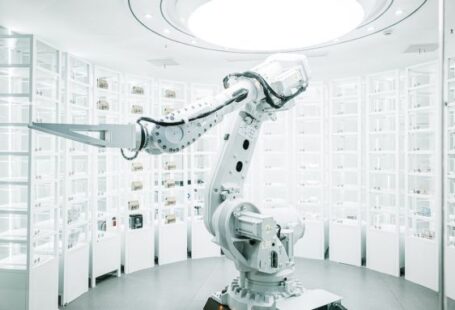In today’s fast-paced world, creativity is a highly sought-after skill. Whether you are an artist, a designer, or an entrepreneur, the ability to think creatively can set you apart from the crowd. However, many people struggle to tap into their creative potential. This is where AI innovations come in. With the help of artificial intelligence, individuals and organizations can unlock their creative abilities and foster innovation like never before.
Enhancing Creative Thinking
Artificial intelligence has the power to enhance creative thinking by providing new perspectives and ideas. AI algorithms can analyze vast amounts of data and generate insights that humans may have overlooked. For example, in the field of design, AI-powered tools can suggest unique combinations of colors, shapes, and patterns that can inspire designers to think outside the box. By leveraging AI, individuals can break free from traditional thought patterns and explore new possibilities.
AI as a Collaborative Partner
AI can also act as a collaborative partner, working alongside humans to co-create innovative solutions. Through machine learning, AI systems can learn from human input and generate new ideas based on that knowledge. This collaborative process allows for the blending of human creativity and AI capabilities, resulting in groundbreaking outcomes. For instance, in the music industry, AI-powered tools can compose melodies based on human input, providing musicians with fresh ideas to build upon. By teaming up with AI, individuals can amplify their creative potential and push the boundaries of their imagination.
Augmenting Creative Processes
AI can augment creative processes by automating mundane tasks, freeing up time and mental energy for more imaginative work. With the help of AI-powered tools, routine tasks such as data organization, image editing, and content generation can be automated, allowing individuals to focus on higher-level creative tasks. By streamlining these processes, AI enables individuals to dedicate more time to ideation, experimentation, and problem-solving – the core components of the creative process.
Overcoming Creative Blocks
Creativity often comes with its fair share of challenges, including creative blocks. AI innovations can help individuals overcome these blocks by providing inspiration and support. For example, AI-powered platforms can suggest relevant content, such as articles, images, and videos, that can spark new ideas and ignite creativity. AI can also analyze patterns in an individual’s creative work and offer personalized suggestions for improvement. By leveraging the power of AI, individuals can break through creative barriers and find new sources of inspiration.
The Ethical Considerations
While AI innovations offer exciting opportunities for fostering creativity, it is essential to consider the ethical implications. As AI becomes more integrated into creative processes, questions arise regarding ownership, copyright, and the role of human creativity. It is crucial to strike a balance between AI assistance and human ingenuity, ensuring that AI remains a tool to enhance creativity rather than overshadow it. Furthermore, ethical guidelines must be established to address issues such as bias and transparency in AI algorithms, ensuring that creativity remains a fair and inclusive process.
In Conclusion
AI innovations have the potential to revolutionize the way we foster creativity. By enhancing creative thinking, acting as a collaborative partner, augmenting creative processes, and overcoming creative blocks, AI opens up new possibilities for innovation. However, it is essential to approach AI with ethical considerations in mind, ensuring that human creativity remains at the forefront. With the right balance between AI assistance and human ingenuity, we can unleash the full potential of our creative minds and drive innovation to new heights.





